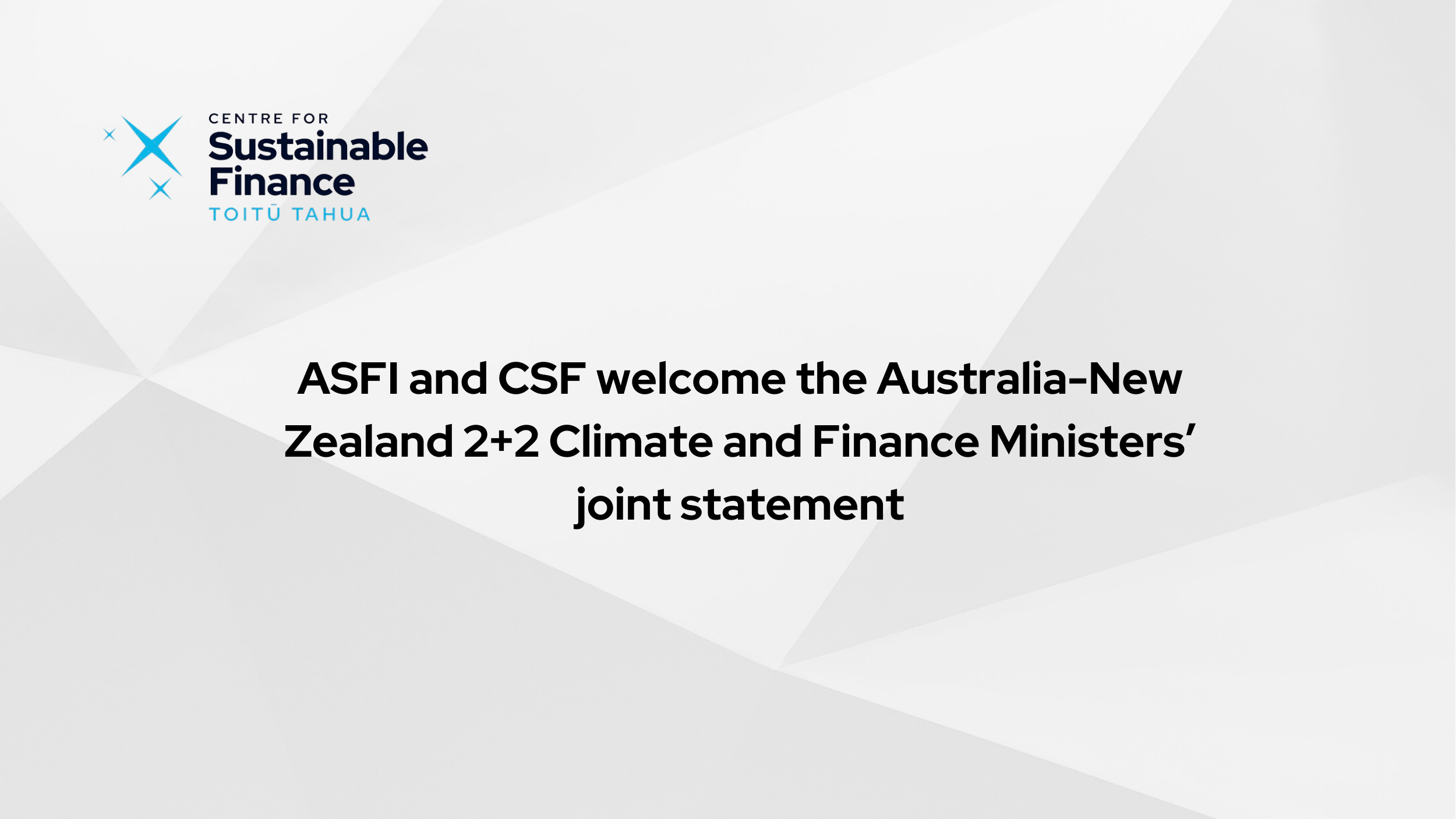This page provides a comparative summary of Sustainable Finance, Green Finance, and Transition Finance, highlighting their definitions, focuses, scope, and application, including examples from New Zealand.
| Aspect | Sustainable Finance | Green Finance | Transition Finance |
| Definition | Broad approach integrating environmental, social, and governance (ESG) considerations into financial decisions. | Financial activities aimed at supporting environmentally beneficial projects. | Financial flows that help high-emitting sectors or entities shift towards low-carbon or net-zero pathways. |
| Primary Focus | Long-term sustainability including climate, social equity, and governance. | Environmental protection and natural resource efficiency. | Decarbonisation of carbon-intensive sectors. |
| Scope | Holistic – covers all ESG aspects. | Narrow – focused on environmental/climate issues. | Sector-specific – focused on transforming emission-intensive industries. |
| Examples (NZ) | NZ Super Fund’s responsible investment strategy; integrated ESG funds by KiwiSaver providers. | Green bonds issued by Auckland Council and NZ Local Government Funding Agency; Meridian’s wind energy projects. | Fonterra’s climate roadmap financing; Contact Energy’s geothermal upgrade projects with emission-reduction targets. |
| Eligible Activities | Activities that advance ESG outcomes. | Renewable energy, clean transport, biodiversity projects. | Clean tech in high-emitting sectors, carbon capture, retrofitting fossil fuel plants. |
| Risk Considerations | Addresses ESG risks and opportunities. | Focused on environmental risk mitigation. | Addresses transition risks, supports orderly decarbonisation. |
| Investor Perspective | Broad ESG integration and long-term value creation. | Environmentally-conscious investing. | Pragmatic approach to climate goals with interim emissions targets. |
| Policy/Standards Drivers | EU Sustainable Finance Strategy, UN PRI, TCFD, ISSB. | EU Green Taxonomy, ICMA Green Bond Principles. | Emerging taxonomies, Climate Bonds Initiative transition guidelines. |
| Criticism/Challenges | Risk of greenwashing with weak ESG claims. | May exclude socially/economically important non-green sectors. | Hard to define/monitor credible transitions; risk of prolonging fossil fuel use. |
Similarities
- Aim to align financial flows with climate and sustainability goals.
- Seek to manage long-term risks related to climate and ESG factors.
- Require disclosure, transparency, and metrics to demonstrate impact.
- Support the Paris Agreement and UN Sustainable Development Goals (SDGs).
Differences
- Sustainable Finance is broad in scope (ESG); Green Finance focuses on environmental outcomes; Transition Finance targets decarbonisation in hard-to-abate sectors.
- Green Finance supports already low-emission sectors; Transition Finance assists high-emission industries.
- Each uses tailored financial instruments and criteria for impact measurement.
Summary
- Sustainable Finance – a process of incorporating ESG considerations.
- ESG – information and data about aspects of company performance.
- Green Finance – finance for environmental projects or performance (can be labeled and unlabeled).
- Transition Finance – finance for decarbonising hard to abate sectors (typically not labeled and currently not well classified).



